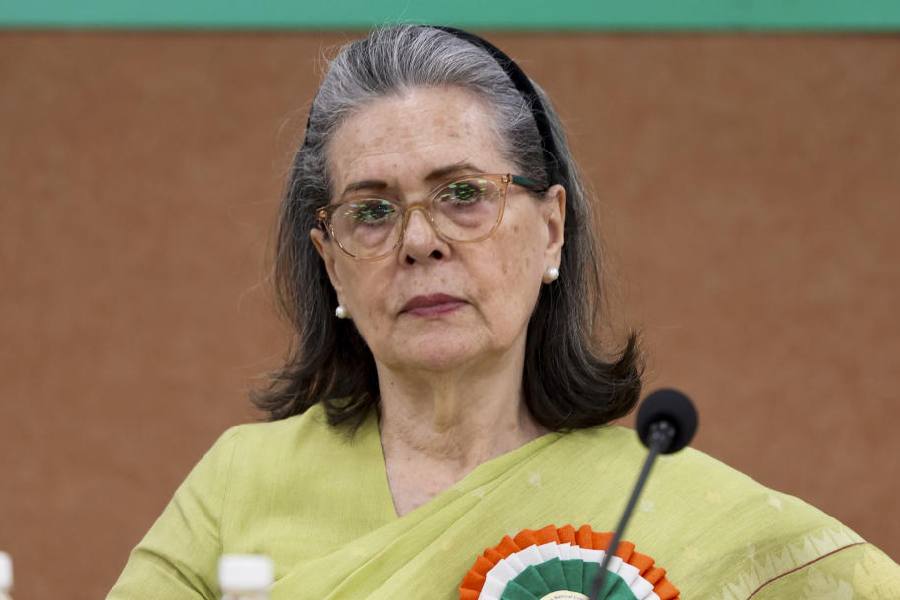 |
| Pradyut Bordoloi, minister for power and industry, addresses the conference in Guwahati on Saturday. Picture by Eastern Projections |
Guwahati, Dec. 18: Assam industries and commerce minister Pradyut Bordoloi today said Dispur was keen on drawing a roadmap for sustainable use of the Brahmaputra with the help of experts.
Bordoloi said this at a two-day conference on Seeking Sustainable Solutions for the Brahmaputra: Challenges and Opportunities, organised by Core Professional Group for the Brahmaputra, a registered body of international and national professionals that seeks to address issues connected to management of the river.
Underlining the importance of the Brahmaputra in the life and culture of Assam, the minister said huge property and agricultural land had been lost in the past 50 years because of floods and erosion and laid stress on reclaiming it. He also emphasised water governance all along the course of the river, saying it was the foundation for efficient management of water resources. The Brahmaputra covers a drainage area of 580,000 square km, of which 50.5 per cent lies in China, 33.6 per cent in India, 8.1 per cent in Bangladesh and 7.8 per cent in Bhutan.
The minister said the demand for power was increasing in Assam and more power projects were being executed, but “one should know what kind of benefits are accruing from them.”
The deliberations coincided with the protest staged by the Asom Jatiyatabadi Yuva Chatra Parishad in Delhi over the construction of dams over the Brahmaputra in China and Arunachal Pradesh. The organisation wants the Centre to put an immediate halt to all such constructions.
Bordoloi said there was an urgent need to set up the proposed North East Water Resources Authority. The authority had been announced by Prime Minister Manmohan Singh in 2004 but could not be constituted with Arunachal Pradesh expressing reservations about its formation.
Thirty papers will be presented during the two-day conference dealing with various facets of the Brahmaputra.
Arvind Phukan, a former professor of Alaska University, toady spoke about the problems and challenges in dealing with the Brahmaputra. Phukan, who recently visited several erosion-hit places of Assam, said integrated river management was the need of the hour. “The rate at which erosion is taking place in Assam, Assam valley will not exist in the next 50 years,” he said and laid stress on channelising the Brahmaputra and other anti-erosion measures.
The Brahmaputra has wiped out nearly 4,000 square kilometres of land at a rate of 80 square kilometres per year, destroying more than 2,500 villages and affecting more than five million people in the state. The water resources department has identified 25 vulnerable and severe erosion-prone sites. It estimates that Assam valley had lost about 7.4 per cent land to erosion and river channel migration.
David T. Williams, an expert on water management from the US, spoke of planning and possible erosion mitigation measures. Tomorrow, participants will discuss policies and governance related to water resources management and watershed management approach in the Brahmaputra basin.











![Rishabh Pant, Sachin Tendulkar [in set]](https://assets.telegraphindia.com/telegraph/2025/Jun/1750511937_new-project-33.jpg)